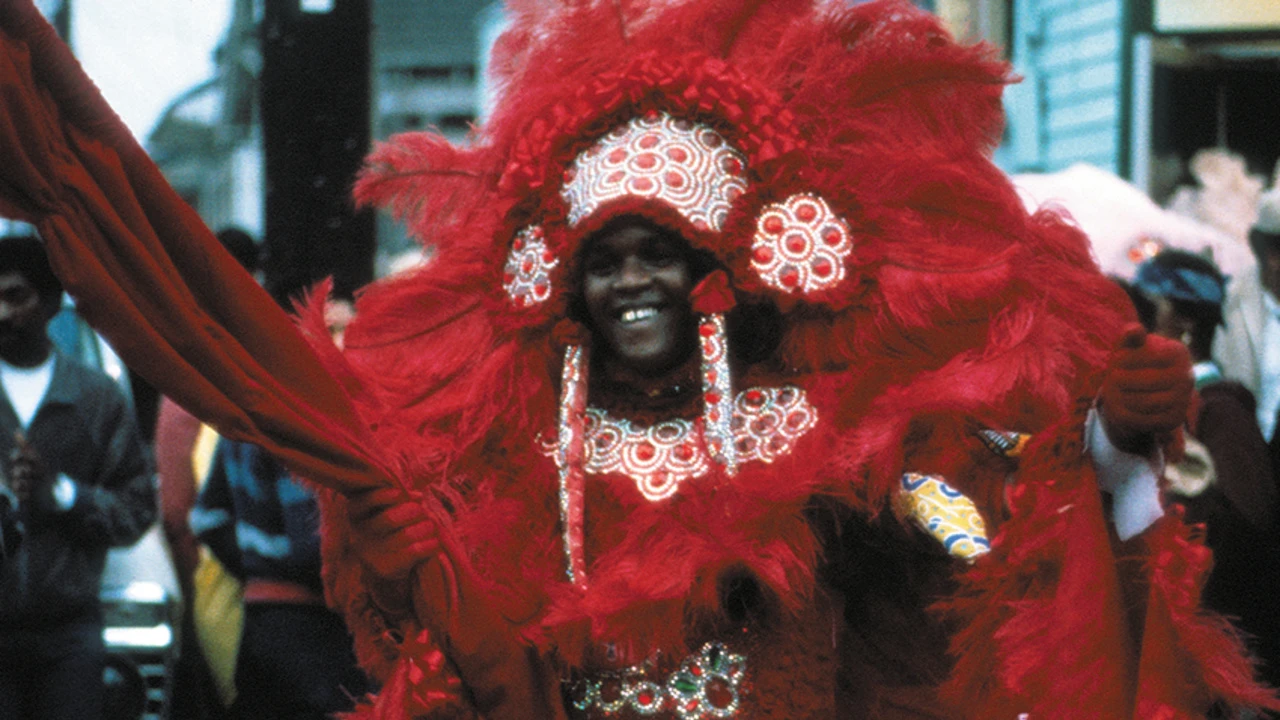
"Hurricane Katrina made landfall in August 2005, tearing up the southern states and wreaking singular damage on New Orleans, one of the most diverse and sophisticated US cities, and one of the great nexus points of creativity. The disaster brought out racially motivated vigilante groups, killed nearly 2000 people, and displaced an estimated one million more across the Gulf Coast, nearly half of whom never returned to their former homes."
"It also led to the transformation of the city, mostly at the hands of real estate developers who vacuumed up properties at flood sale prices and tried to gentrify one of the great centers of Black American culture. And it inspired renewed appreciation of the singular and irreplaceable personality of the city of New Orleans, the core of which persisted and flourished."
Hurricane Katrina devastated New Orleans in August 2005, causing widespread destruction, nearly 2,000 deaths, and the displacement of about one million Gulf Coast residents, with nearly half never returning. The storm exposed racially motivated vigilante violence and enabled large-scale land grabs by real estate developers who purchased flood-damaged properties and pursued gentrification of historically Black neighborhoods. The city's cultural core endured and experienced renewed appreciation and creative flourishing. The Museum of Modern Art curated a film and television series titled "When the World Broke Open: Katrina and its Afterlives" that assembles features, shorts, and television programs examining New Orleans' geography, history, identity, and poststorm transformations.
Read at Roger Ebert
Unable to calculate read time
Collection
[
|
...
]